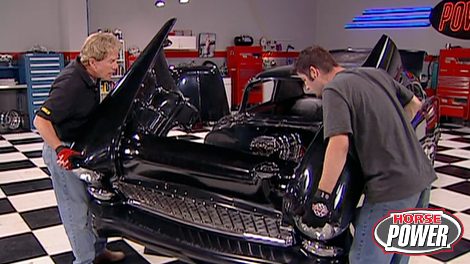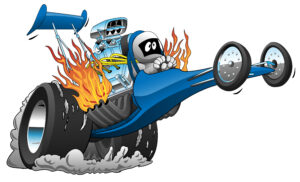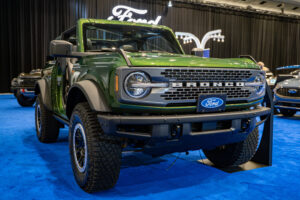
'55 Chevy Test Fit
The Super Shoebox returns for a slew of bolt-ons, Joe and Mike will assemble some power windows and hang the doors on this special-built 55 Chevy, in addition to completing its disc brake system and cooling system. Plus, they’ll bolt up the front end and get the ride ready for paint.
Season 8
Episode 21






























